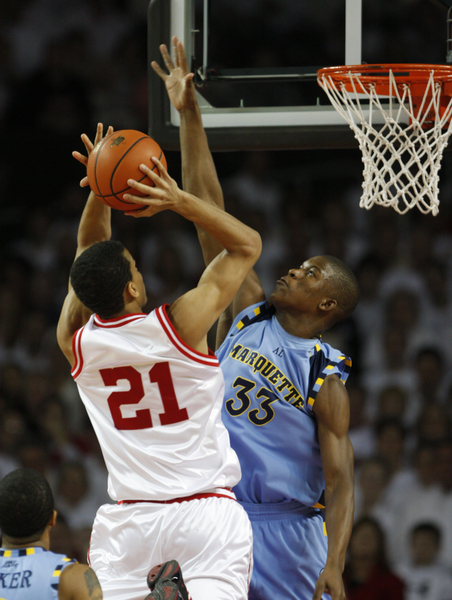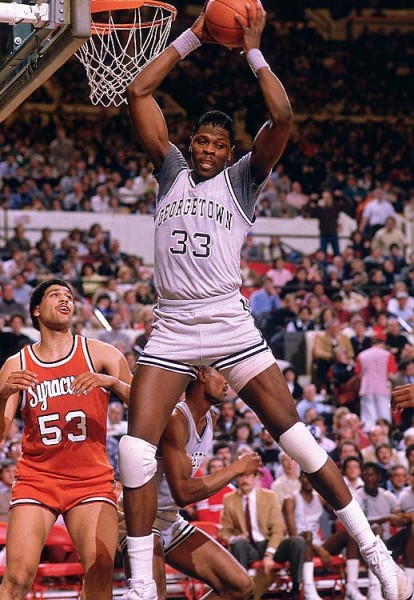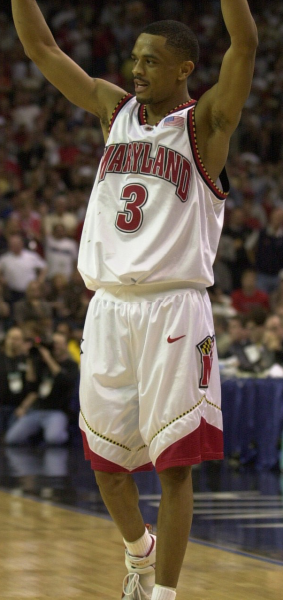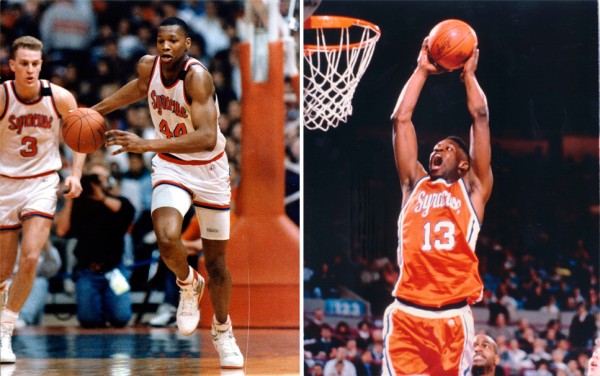Best Dressed: Marquette Warriors/Golden Eagles
Posted by rtmsf on June 20th, 2011John Gorman is an RTC contributor. Every week throughout the long, hot summer, he will highlight one of the iconic uniforms from the great history of the game. We plan on rolling out 24 of these babies, so tweet your favorites at us @rushthecourt or email us directly at rushthecourt@yahoo.com. This week, we go modern with a superb uniform that is as interesting as any you’ll find throughout the annals. To see the entire list to date, click here.
Milwaukee might seem at first to be an odd city to be lumped in with London, Paris and New York City as a fashion mecca, but for the past half-century, it’s been just that. Marquette is the fifth avenue of college basketball, a place where color and design mingle with the backdoor cut and alley-oop. I delved into the Golden Eagles’ uniform history enthralled, as many are, by their present-day powder blue alternate jerseys, a dynamic marriage of soft color and psychedelic accent. Anyone who watches college basketball can’t help but marvel at the joyous cocktail party of navy, gold and white flourishing at the fringe of the powder blue canvas. But to assume Marquette’s foray into uniform utopia is a recent development is to ignore the school’s trend-setting tradition.
Starting with the arrival of Al McGuire, a colorful coach with an eye for detail and an independent spirit, the basketball team continued to find new and inventive ways to separate itself from other hoops havens by virtue of their visual appeal. Twice in their history, Marquette’s jerseys were too bold for the NCAA, leading to bans on their outrageous fashion sense.
The bumble-bee jerseys of the early 70s, which disoriented opposing players to the point of delirium, and the un-tucked jerseys (designed by starting guard Bo Ellis) that bore an uncomfortable resemblance to baby bibs, were both outlawed in a span of less than a decade. McGuire’s fashion sense sought a competitive advantage on the court, both in recruiting and at the merchandise counter. The Golden Eagles were the hottest act in college basketball, a must-see TV spectacle due as much in part to their colorful uniforms as much as their multi-hued (and successful) brand of basketball.















































